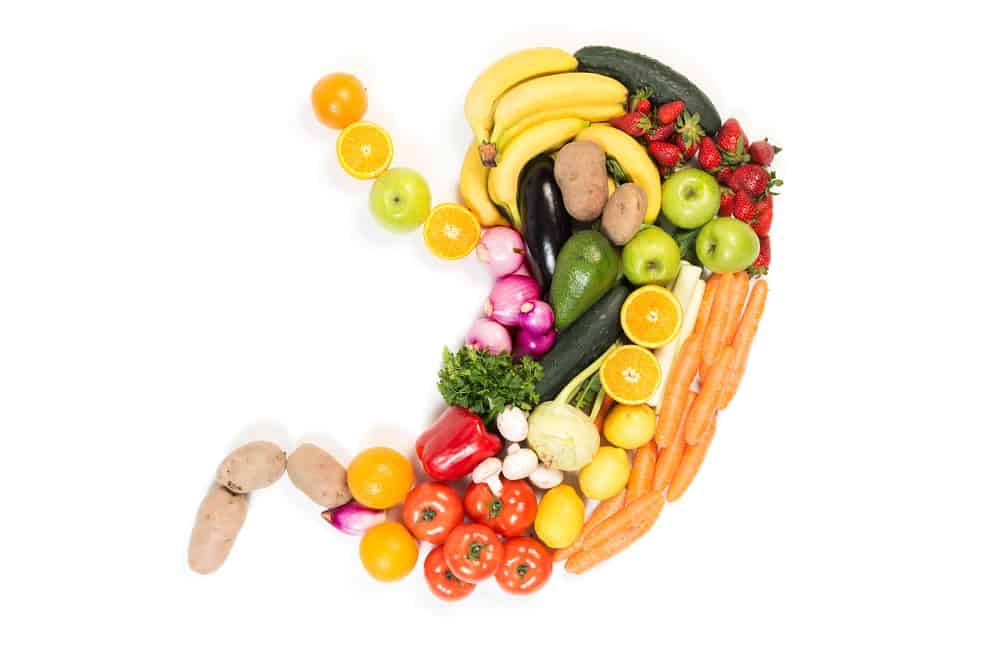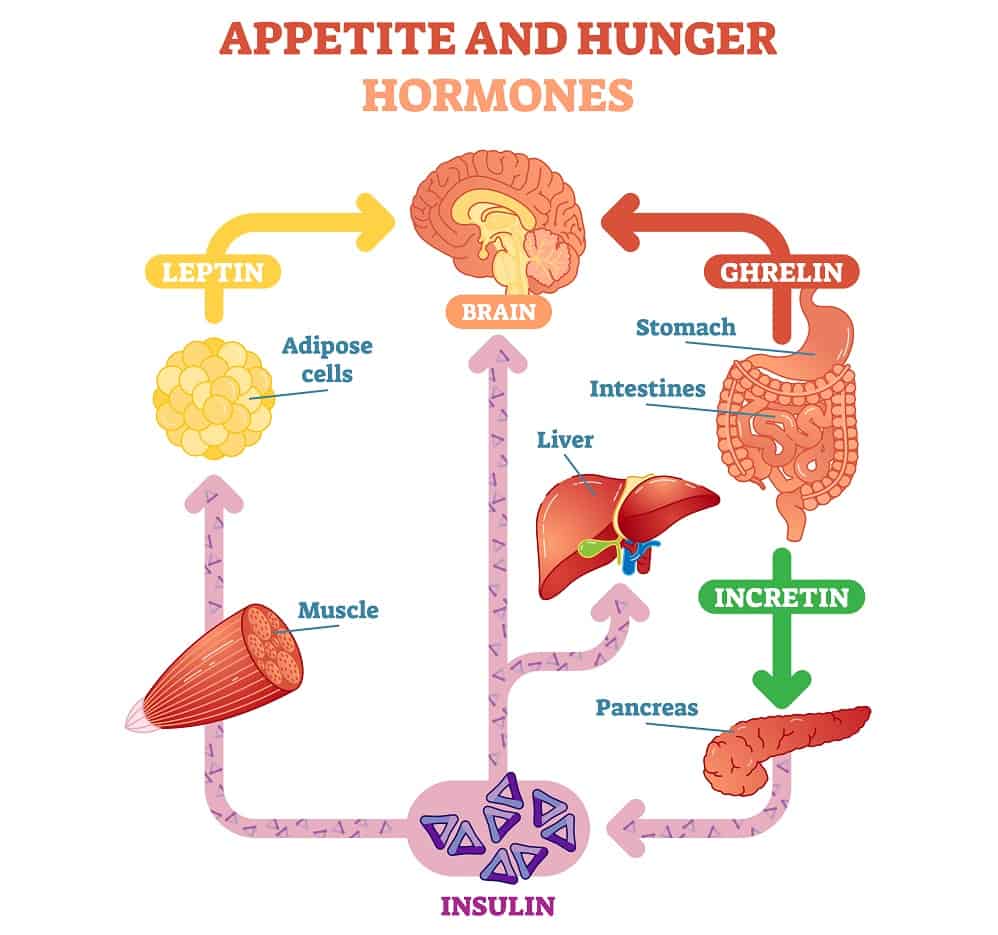Going vegan is a major lifestyle decision. While veganism is indeed a complex system and numerous subpopulations of vegans exist, a common factor that binds all vegans together is their dietary restrictions against animal products. Just like any significant dietary change, there are some things that people transitioning to veganism might expect to undergo, particularly when it comes to detox symptoms and side effects.
While many studies and personal anecdotes have confirmed that a plant-based diet can confer a wide variety of health benefits, people should expect some symptoms and side effects during the transition period. These include digestive discomfort, energy issues, and feeling hungry more often.
Table of Contents
Going Vegan
Although veganism can be etymologically rooted back in 1944 due to the request of non-dairy vegetarians, veganism has truly become more and more popular during the 2010s (1). While the movement primarily became popular as a protest against animal exploitation, modern veganism can be attributed to a few other reasons. Indeed, most people still switch to veganism for animal rights. However, many people also switch to veganism for health reasons and environmental conservation.
Vegan Detox Symptoms and Side Effects
Veganism significantly affects people’s diets since becoming a vegan means cutting out food products that they have become accustomed to throughout their lives such as meat, poultry, fish, and dairy. Since food is a major part of life, it is understandable why a drastic dietary change would have some side effects.
Digestive Discomfort

Plant cells are morphologically distinct from animal cells in a number of ways. However, one characteristic of plant cells and tissues that particularly affects human digestion is the presence of fibers – dietary components that cannot be broken down by human digestive enzymes (2).
Plants have a wide array of these fibers such as cellulose, hemicellulose, beta-glucans, and starches. Dietary fibers also exhibit various chemical compositions. Thus, dietary fibers are often categorized by how they are processed in the human body.
Firstly, dietary fibers can be divided into two groups: soluble fibers and insoluble fibers. The obvious difference between the two is that soluble fibers dissolve in water while insoluble fibers typically stay intact. However, that simple distinction carries several different implications.
As some soluble fibers dissolve in the digestive tract, the simple carbohydrates produced are then made available to the gut bacteria for utilization. This feeds the gut bacteria which allows the dissolved soluble fibers to ferment. Through the gut bacteria, these soluble fibers ferment to produce different kinds of by-products that the body absorbs and utilizes. This process allows gut bacteria to contribute to the overall human physiology.
Although gut bacteria can only utilize soluble fibers, insoluble fibers contribute in different ways. Staying intact, insoluble fibers attract water in the intestines. The increased moisture makes fecal mass softer and easier to pass. Subsequently, this promotes bowel health and bowel movement regularity.
Dietary fibers can also be categorized by their characteristics. Fermentable fibers are fibers that the gut bacteria can utilize and convert to other products. Bulking fibers are fibers that can absorb and retain water. Viscous fibers are fibers that can help thicken fecal mass. Due to the complexity of plant tissues, plant-based food sources usually have all types of fibers – although in varying proportions.
Taken altogether, it should come as no surprise that transitioning to a plant-based diet such as a vegan diet would incur some digestive discomfort at first. New vegans will have to tolerate some digestive discomfort at first as they allow their bodies to get used to the amount of dietary fibers they are now consuming.
Learning about the effects of the different dietary fibers will be significantly helpful as the new vegans will understand why their bodies react in a certain way. For example, increased intake of an insoluble fiber such as wheat bran can explain why their trips to the bathroom have increased. Having high concentrations of fermentable fibers, would also explain why increased consumption of legumes such as beans would cause an individual to be more flatulent.
Energy Issues
Aside from providing the necessary materials for growth and repair, a primary reason why people need to consume food and calories is to receive energy that the body will use for all its metabolic needs. Thus, it stands to reason why a drastic change in diet can significantly affect one’s energy levels.
One common symptom that people switching to vegan diets experience is feeling fatigued and tired more often. This symptom has been reported by many people and has been attributed to a caloric deficit.
To explain caloric deficit, one has to understand that the body utilizes energy, or calories, to maintain itself and perform daily tasks. It is estimated that all the calories consumed are burned through three different avenues: basal metabolism, physical activity, and thermogenesis.
Basal metabolism takes up the majority of the calories consumed (~70%) to run basic bodily functions. About 20% of the calories are used up by physical activity (e.g., exercise, etc.) and 10% of the calories are used up by thermogenesis (i.e., energy used for processing food).
Thus, every individual has a certain caloric requirement to keep the body at homeostasis. Consuming fewer calories than the amount the body burns in a day is considered a caloric deficit. On the other hand, consuming more calories than the body burns in a day is a caloric surplus. People who gain weight are usually in a caloric surplus while people who lose weight are in a caloric deficit.
The problem with new vegans is that they might not be fully aware of the number of calories they are consuming. In general, plant-based food products are less calorie dense compared to meat products. For a simple comparison, a single fried chicken wing from a restaurant can contain about 177 calories (3) while a cup of salad with lettuce, tomatoes, and carrots (no dressing) is only 14.6 calories (4).
While the individual might feel full right after the meal, they are not giving the body enough calories. Hence, they would feel tired more often than before. This energy issue can also extend to cause sleeping problems. A caloric deficit could potentially signal the body to sleep rather than be awake due to the lack of energy. Furthermore, sleeping and having random naps throughout the day can snowball and affect an individual’s sleeping schedule at night.
The caloric deficit caused by transitioning to vegan diets can also explain why new vegans would experience severe food cravings. Being low in energy, the body signals the brain to eat food; This is especially true for food that the brain knows can satisfy the individual such as calorie-dense meat.
To remedy this, new vegans have to be aware of how many calories they are taking in. Although they might find it difficult at first, they might actually have to eat more food in terms of quantity since their new diets typically consist of products that are naturally low in calories.
Getting Hungry
Undergoing a drastic dietary change will introduce people to new dishes and recipes that they might not have experienced before. Although new vegans can enjoy the wide array of vegan possibilities that they can eat, a common side effect of the dietary transition is feeling hungry more often.
While this can indeed be attributed to the caloric deficit mentioned above, there are other factors involved that can explain why transitioning to a vegan diet would cause an individual to feel hungrier than they usually would – even when they would eat as many calories in a meal as they would when they ate meat.
Food can be generally divided into three macronutrients: carbohydrates, proteins, and fats. These macronutrients, or macros, are the building blocks required by the body in large amounts. In contrast, there are nutrients that the body needs in tiny amounts. These are called micronutrients and examples of such would be vitamins and minerals.
Vegans are essentially detoxing the body, however, they also need to be cognizant of the nutrients they may be lacking. True Life Recovery, an Orange County-based Detox Center details that vegetables like kale, romaine lettuce, and other salad greens provide B6, folic acid, and beta-carotene which are often found to be deficient in alcoholics. These are all food items that a vegan readily consumes.
Carbohydrates, proteins, and fats are very different in terms of their chemical composition, how the body utilizes them, and their effects on the body. In terms of hunger, satiation (the feeling of fullness while eating that will cause a person to get full), and satiety (the feeling of fullness between meals), these macros affect how the body produces hormones that deal with hunger and satiety (5).

Take for example ghrelin, a hormone that is responsible for making the body feel hungry. Studies have shown that carbohydrate-rich meals quickly lower ghrelin levels in the body, much quicker than protein- or fat-rich meals would. However, ghrelin is produced more quickly after a carbohydrate-rich meal compared to meals primarily composed of the other two macronutrients. This means that while a carbohydrate-rich meal can satisfy hunger quickly, a person would also feel hungry sooner.
Without taking the macros into consideration when transitioning to a vegan diet, people would be consuming meals primarily composed of carbohydrates as most plant-based food items are rich in carbohydrates. This means new vegans have to make sure to balance their macros with vegan food items that are rich in proteins (e.g., legumes, etc.) and fats (e.g., avocado, nuts, etc.) as well as carbohydrates.
References




